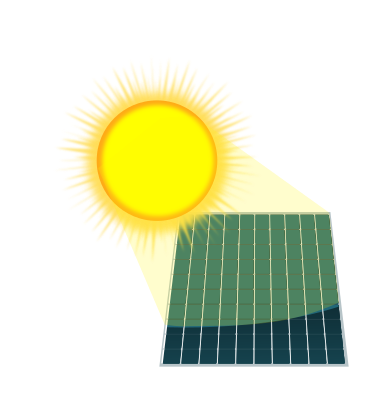Edit: people were getting confused about which quote was for what, so I added dividers and titles to separate it all better. Sorry for the confusion.

Kinetic Tiles
Many years ago now, I was watching an NHK (a Japanese broadcaster) program about how kinetic energy was going to be utilized in the busiest stations in Japan. The theory was simple; as people walk over a mat, their steps would produce electricity to help power the station. In any other station it might not work, but in a station that typically has 1.57 million passengers per day, that is a lot of people power.
Since then, there have been many companies attempting to utilize kinetic energy, with the biggest company likely being “Pavegen.” They have their system in certain city sidewalks, airports, and even under sports turfs.
“The downward force drives an energy-storing flywheel inside the tile, which spins to convert kinetic energy into electrical energy through electromagnetic induction. It’s like a generator — only instead of spinning a turbine with wind, water, or coal, it’s spinning a flywheel with footsteps.” Grist
More Info On Kinetic Pavement:

Kinetic Shoes
If tiles are not unique enough for you, that same tech can be used in shoes.

“The researchers say that this method can produce a lot of watts relative to the surface area of the generator, with the proof-of-concept device generating around 10 watts per square meter in early experiments. They claim that theoretical estimates indicate up to 10 kW might be possible.” NewsAtlas
More Info On Kinetic Shoes:

More work needs to be done to make kinetic energy more efficient, but there is just something fascinating to me about power generation that can fit seamlessly into our world without us noticing.
What I want to know is, how much energy was used to create these floors, install them, and how much energy will be required to service them (the electronics) if they break down over the useful life of the installation, including how much energy was spent on resource extraction and processing.
Then I want to see that number compared as a ratio to the amount of energy these floors can generate over their expected useful life span, say 15 years in high pedestrian traffic areas.
I am highly skeptical that the ratio would even approach 1:1, I expect a net energy loss. But I could be convinced otherwise with some good data.
“The researchers say that this method can produce a lot of watts relative to the surface area of the generator, with the proof-of-concept device generating around 10 watts per square meter in early experiments. They claim that theoretical estimates indicate up to 10 kW might be possible.”
Ummm, anywhere between fuck all and an unrealistic amount.
That quote was for the shoes. Sorry for not being clear about that. I’ll edit my post to add dividers in case that helps
I’ve got to think this is why they aren’t more popular. It’s very unlikely they are efficient enough when the entire process is accounted for to produce more energy than was put in to create the overall system. I’ve heard about these occasionally for years, and if it was anything more than a gimmick I would have expected them to proliferate by now.
Why does this read like an advert for a technology which continues to disappoint when facing real world conditions.
I lump these kind of power plates into the same trash can as street solar. A very nice thought experiment but continues to under perform
I didn’t mean it as a advert (I even pointed out that more work needs to be done on efficiency), I just wanted to share an energy generation possibility that most people don’t know is a thing. I apologize that my wording came off as so bias
I remember there being some club that installed something like this under the dancefloor. Was in the news some years ago 🤔
And I thought the Commodore having shock absorbing mats under the dance floor so people could dance all night without their feet hurting was revolutionary!
Danceland installed their anti-fatigue matting under the floor in 1928 https://www.tourismsaskatchewan.com/listings/1464/danceland
Also, it’s on the lake of a salt lake, which has an indoor spa that you can float in like the Dead Sea. It’s worth the trip!
Canada: truly a pioneer in a fun night out. 👍🏼
No! Do not take energy out of my walking! Come on!
These people need to hike over some dry sand before they try to push these into my neighborhood.
Yeah, won’t this just make people’s feet tired, causing them to either walk less or eat more?
If the latter, it would be more efficient to burn the extra food like coal (but renewable) to generate electricity directly.




